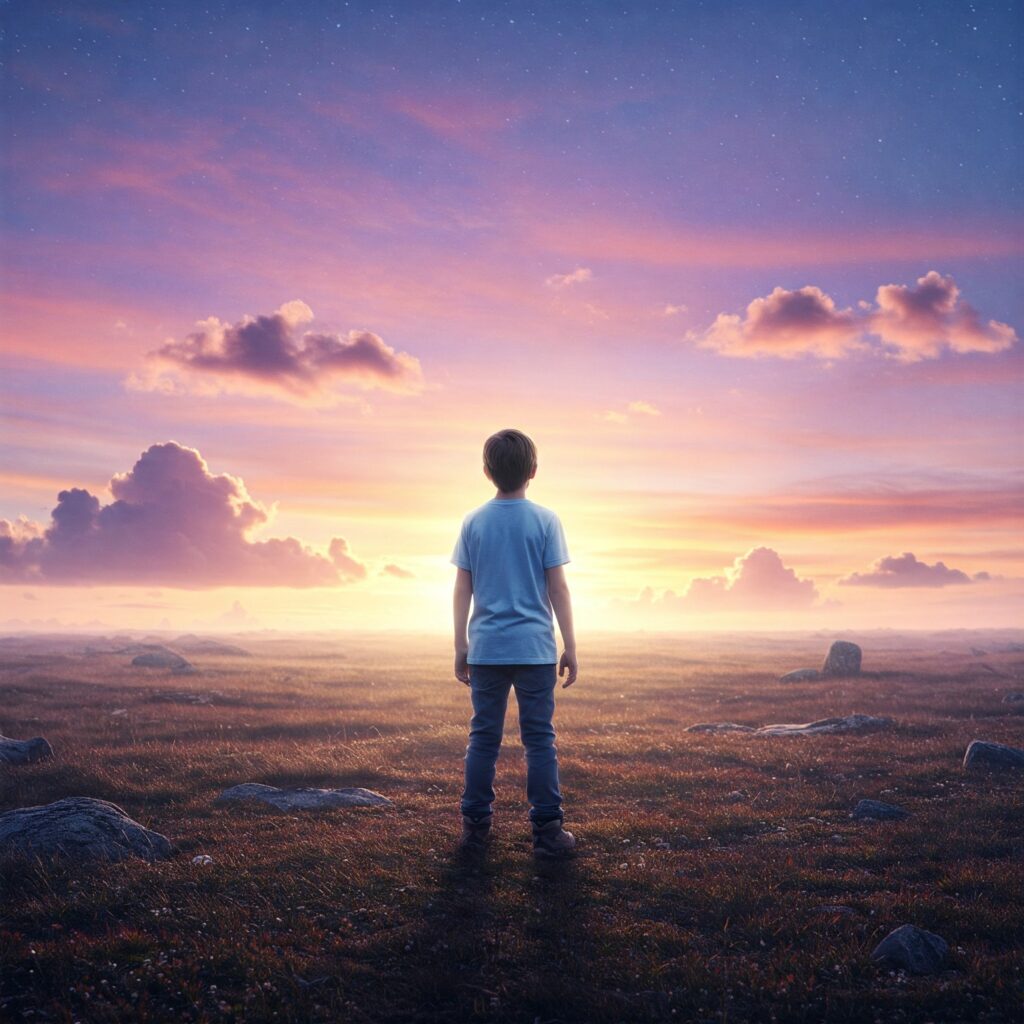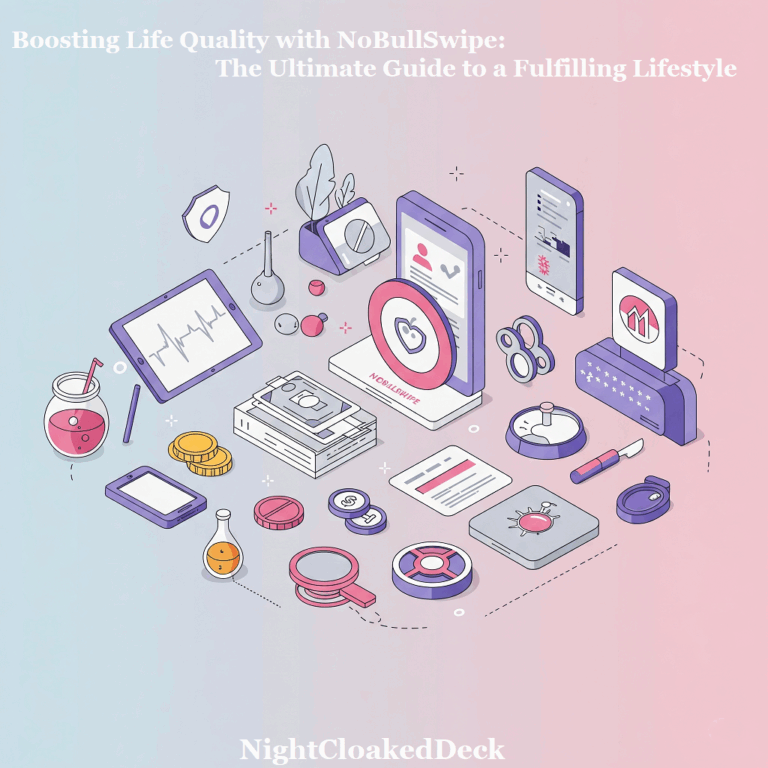
Midnight Sun
In the heart of the Arctic and Antarctic Circles, there exists a breathtaking natural spectacle that defies our everyday understanding of time: the midnight sun. This phenomenon, where the sun remains visible at midnight and beyond, evokes a surreal beauty and a deep sense of wonder. While it may seem like a fantasy, it’s a very real occurrence caused by the Earth’s tilt and orbit and those who witness it are left in awe of nature’s poetic extremes.
What Is the Midnight Sun?
The midnight sun is a natural event that occurs during the local summer months in polar regions, most notably within the Arctic Circle (latitude 66.5° North) and the Antarctic Circle (66.5° South). During this time, the sun does not set and remains visible even at the stroke of midnight.
This occurs because the Earth’s axis is tilted about 23.5 degrees relative to its orbit around the sun. When one of the Earth’s hemispheres is tilted toward the sun, that pole experiences continuous daylight — a time when night never truly arrives.
In the Northern Hemisphere, the phenomenon is typically observed from late May to late July. The closer you are to the pole, the longer the sun stays up. In places like Tromsø, Norway or Barrow (Utqiaġvik), Alaska, the sun can remain above the horizon for up to two months straight.
Where Can You See It?
Several destinations around the world offer a front-row seat to the midnight sun. Some of the most popular and accessible places include:
-
Norway – Especially the Lofoten Islands and Svalbard.
-
Sweden – Abisko and Kiruna are popular.
-
Finland – In Finnish Lapland, the sun doesn’t set for up to 73 days.
-
Iceland – Though just outside the Arctic Circle, the country still experiences very long twilight hours.
-
Alaska (USA) – Northern towns like Utqiaġvik witness two full months of daylight.
-
Canada – Nunavut and Yukon experience prolonged daylight in summer.
In the Southern Hemisphere, the phenomenon occurs during the southern summer (November through January) and is best seen from Antarctica, which is far less accessible.
Life Under the Midnight Sun
Living under the midnight sun is both fascinating and challenging. For locals in Arctic regions, it’s a time of energy and activity. The extended daylight allows for festivals, hiking, fishing, and gardening late into the night. People often say they feel more productive and alive during this time.
However, it also disrupts sleep. Without darkness, the body’s natural circadian rhythms — the internal clock that tells us when to sleep and wake — can become confused. To cope, residents use blackout curtains, eye masks, and keep a consistent daily routine.
Cultural and Historical Significance
The midnight sun has fascinated cultures and explorers for centuries. The ancient Norse believed the northern lands held magical properties, and their myths often spoke of endless days and nights.
Modern cultures in the Arctic embrace the midnight sun with festivals and traditions. In Norway, the Midnight Sun Marathon attracts runners from around the globe. Sweden celebrates Midsummer, a national holiday with dancing, flower crowns, and bonfires.
Artists, photographers, and poets have long drawn inspiration from this phenomenon. The extended golden hour, where sunlight takes on a warm, glowing hue, creates perfect lighting conditions for dramatic and ethereal imagery.
Scientific Perspective
From a scientific standpoint, the midnight sun is a result of basic geometry and orbital mechanics. The Earth’s axial tilt means that as it revolves around the sun, different parts of the planet receive varying amounts of daylight at different times of the year.
In summer, the North Pole is tilted toward the sun, leading to continuous daylight in the Arctic. Conversely, the South Pole gets its turn six months later. This also explains why seasons are opposite in the two hemispheres.
Interestingly, during the time of the midnight sun in the Arctic, the Antarctic experiences polar night — a time when the sun doesn’t rise at all.
Experiencing the Midnight Sun
Witnessing the midnight sun is more than a visual experience — it’s emotional and spiritual. Imagine sitting by a calm fjord or standing on a remote cliff at 1 a.m., watching the sun hover just above the horizon, casting a soft orange-pink glow across the landscape.
Travelers often describe a profound sense of peace, awe, and connection with the universe. It’s as if time pauses, and the rules of day and night dissolve.
For those who wish to visit, the best months are June and July, and the further north you go, the longer the duration. Be sure to plan accommodations early, as tourism peaks during this time.
Final Thoughts
The midnight sun is a powerful reminder of the Earth’s complexity and beauty. It challenges our conventional notions of time and rhythm, offering a glimpse into a world where sunlight bends the rules.
Whether you’re an adventurer, a photographer, or a dreamer, witnessing the sun at midnight is an unforgettable experience — a dance between science and magic that only a few places on Earth can offer.






